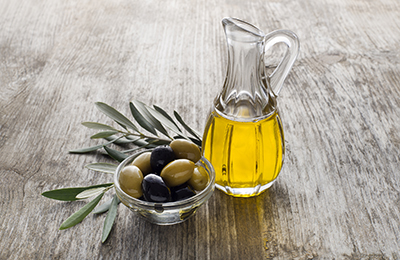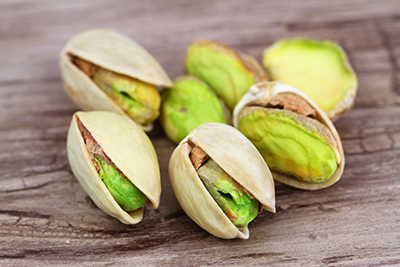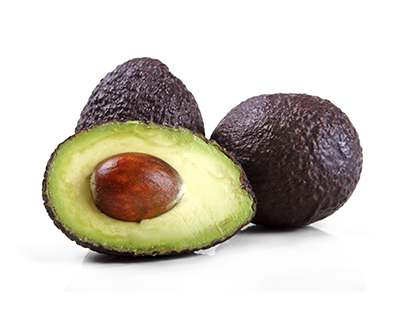Growing up I remember seeing tons and tons of low fat, reduced fat and fat free products coming to the grocery stores. That fat free craze was in full swing and I, as well as many of my friends bought into it. Now I see how silly it was, however, our grocery store shelves are still littered with products boasting to be “healthy” because they are low fat or fat free.
The important thing to remember is that there are different types of fat and we need to be sure we are eating the good fats. These fats are called monounsaturated fat and polyunsaturated fat. These fats do a lot of good to our bodies including, decreasing our bad (LDL) cholesterol, decreasing our blood pressure, increasing our insulin sensitivity, protecting our hearts, joints and other organs among many other benefits.
The bad fats are called Saturated fat and Trans-fats. These fats, when eaten in excess will increase our bad (LDL) cholesterol. It is recommended to completely avoid Trans fats because trans fats are not naturally occurring and our body cannot process them. The result of this is clogged arteries, trips to the hospital, and mounting medical bills!
Sources of healthy fats:

Olive Oil: 1 tbsp has 10g of monounsaturated fat (the best kind), versus butter that is laden with saturated fat. You can use olive oil in place of butter, when greasing a pan, and also to make your own salad dressing! Eating olive oil in moderation is healthy and great for your heart!

Pistachios: 90% of the fat in pistachios are monounsaturated and polyunsaturated! Pistachios are also high in protein and fiber making these a great satisfying snack!
Pumpkin Seeds: 75% of the fat in pumpkin seeds are monounsaturated and polyunsaturated. Pumpkin seeds also contain fiber, protein, vitamins, minerals and Omega-6 fatty acid!
Salmon: You have probably heard of the health benefits of salmon. Salmon and other fish contain Omega-3 fatty acids which are essential fatty acids. When something is termed and essential food, it means that our bodies cannot produce it on our own, and that we must obtain this from our food sources.
Flax seeds: Flax seeds are known for their Alpha-linoleic acids (ALA). ALA is essential in metabolism. Flax seeds are also a great source of plant based Omega-3 fatty acids!
 Avocados: Avocados contain 3 g of monounsaturated fats and 5 grams of polyunsaturated fat per serving. It also carries fiber, antioxidants, and 20 different vitamins and minerals!
Avocados: Avocados contain 3 g of monounsaturated fats and 5 grams of polyunsaturated fat per serving. It also carries fiber, antioxidants, and 20 different vitamins and minerals!
So, how much fat should you be eating per day?
The American Heart Association recommends that your fat intake should be no more than 20-35% of your daily calories. Let’s figure this out for two different calorie levels. Fat has 9 calories per gram.
1500 calorie per day diet:
20% of daily calories: 1500cal/day x .2=300 calories of fat or 33g of fat.
35% of daily calories: 1500cal/day x .35=525 calories of fat or 58g of fat.
2000 calories per day diet:
20% of daily calories:2000cal/day x .2=400 calories of fat or 44g of fat
35% of daily calories:2000cal/day x .35=700 calories of fat or 78g of fat.
My best recommendation for finding out how many grams of fat your body needs is to begin tracking your calorie intake. Track for one week and see what your average daily calories are. Next, use the above equations to calculate what your total fat goal is.
For weight loss, keep in mind that 1 pound of fat is 3500 calories. To lose one pound per week, you would need a calorie deficit of 500 calories per day. This can be obtained by decreasing calories consumed, as well is increasing calories burned in exercise!